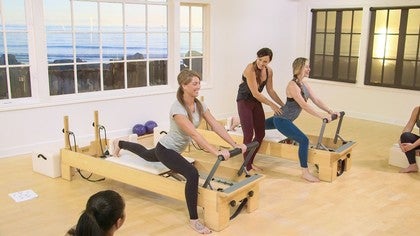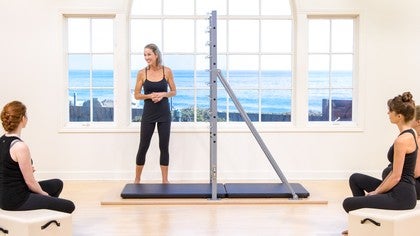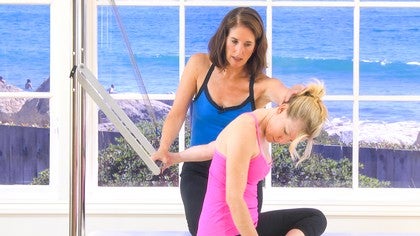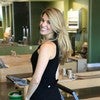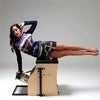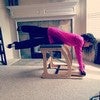Premium workshop
You can view a 2 minute preview. For details, scroll down below the video.
Description
Objectives
- Learn the breakdown for each exercise and sequence
- Learn teaching techniques that will help you in a group class setting
- Learn modifications that can be used in each sequence that will still maintain the flow of the class
Once you purchase the workshop, you will have access to the pdf attachment. It will be located underneath the description.
About This Video
Workshops: Teaching Methodology
Comments
You need to be a subscriber to post a comment.
Please Log In or Create an Account to start your free trial.

